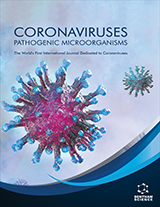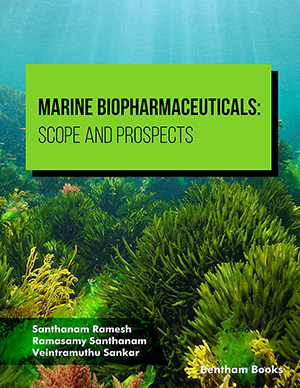Abstract
Twenty-four years after the identification of HIV-1 as causative agent of the acquired immunodeficiency syndrome (AIDS) the pandemic continues to call for novel drugs and for new management strategies. Several steps in the HIV-1 replication cycle are potential targets for treatment interventions. Twenty-five compounds are approved by the FDA but there is still urgent need for new classes of antiretroviral drugs. Major concerns are long-term toxicity and development of resistant HIV-1 strains. Currently treatment regimens are combinations of inhibitors of two viral enzymes – the reverse transcriptase and the protease. According to their mechanism of action antiretroviral substances can be divided into the following groups: 1.) Nucleoside reverse transcriptase inhibitors. 2.) Non-nucleoside reverse transcriptase inhibitors. 3.) Nucleotide reverse transcriptase inhibitors. 4.) HIV-1 protease inhibitors. 5.) Entry inhibitors. 6.) Integrase inhibitors, and 7.) Maturation inhibitors. Further subjects of investigation are the development of an AIDS vaccine and the evaluation of preventive strategies like pre-exposure prophylaxis and male circumcision. In contrast to the favourable results of the male circumcision studies the recent suspension of two vaccine trials, the STEP and the Phambili trial, and of the first placebo-controlled study of a vaginal microbicide for prevention of HIV-1 acquisition represents a serious draw back in the fields of vaccine development and prophylaxis. This review summarizes the following topics: 1.) Natural history and immune pathogenesis of HIV-1 infection. 2.) Development of antiretroviral therapy and its viral targets. 3.) Mechanisms of action of antiretroviral drugs. 4.) Approved and novel compounds of existing and new classes. 5.) AIDS vaccine development. 6.) Management strategies with respect to antiretroviral therapy and HIV-1 transmission.
Keywords: HIV-1 infection, antiretroviral therapy, management strategies, prevention
 8
8





















